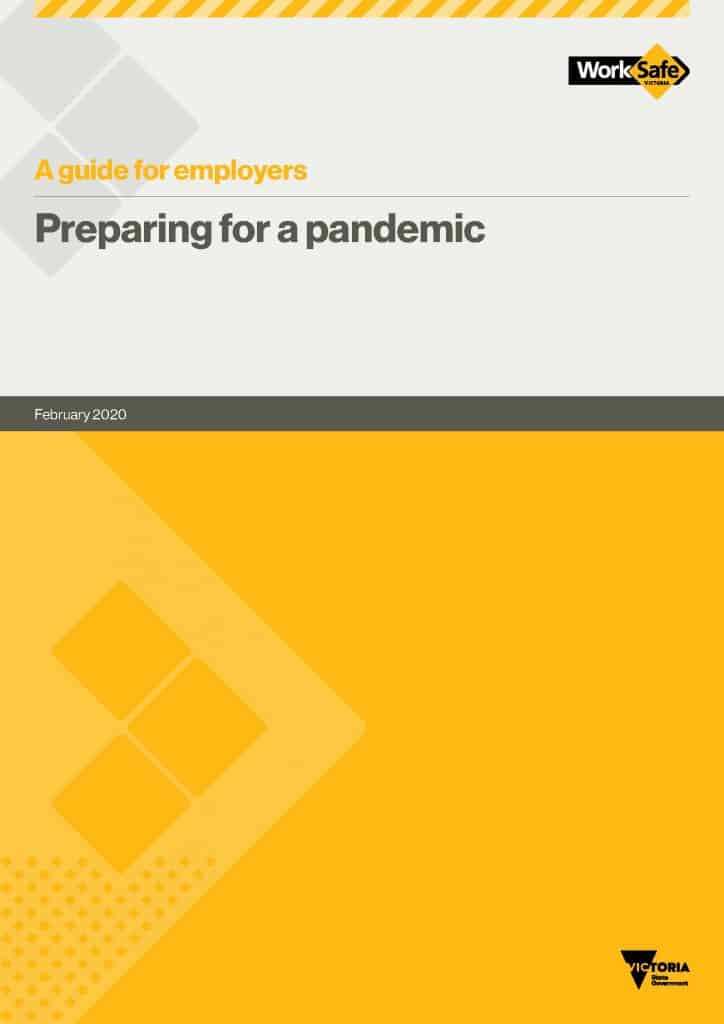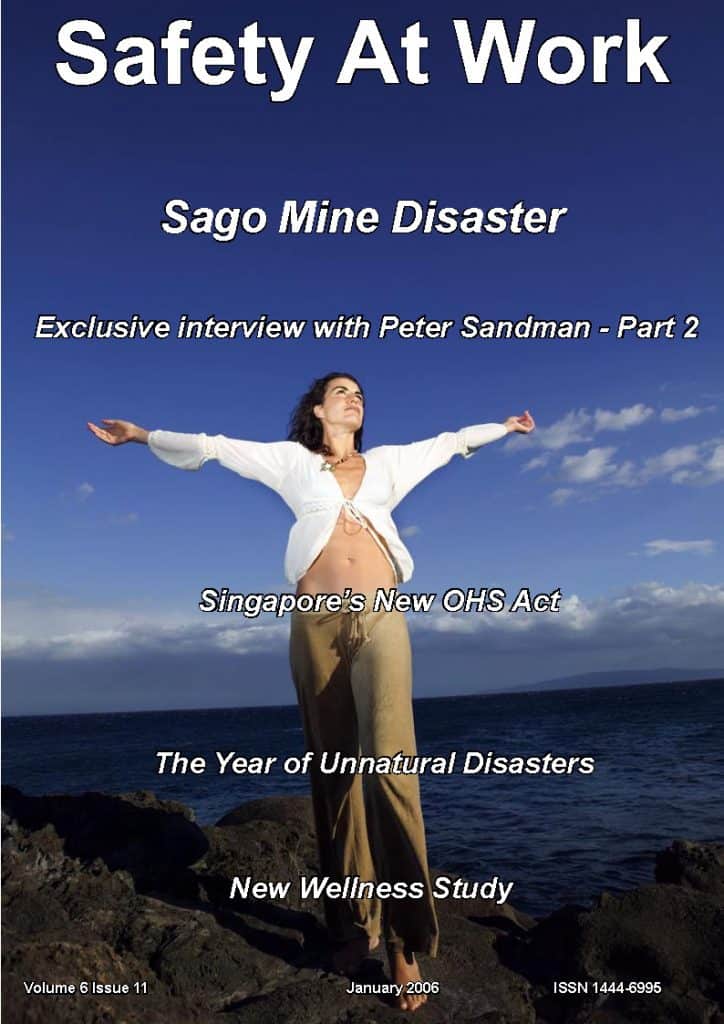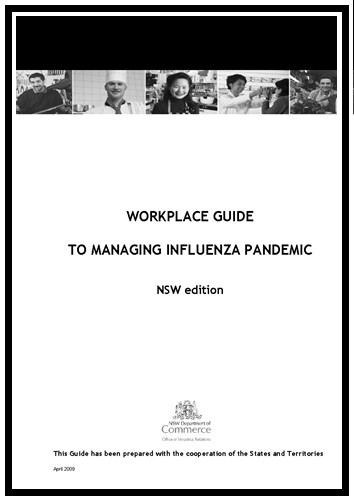
Every occupational health and safety (OHS) man and their dog is providing advice about how to manage the COVID19 pandemic. The only advice this blog has offered is to target your sources of information about managing the risks to your local health department or OHS regulator. This information is changing all the time in response to new information but there are a couple of OHS guidances that are worth paying close attention to.
Continue reading “Australian OHS guidances for COVID19”


